Introduction
In September 2023, Palm Computer (Shenzhen) Co., Ltd. launched a Micro Server named Palmshell NeXT H2. This device features 2x 10GbE network optical ports, 1x 2.5GbE network electrical port, and comes with 6 antennas for WI-FI/BT and 4G/5G. It is powered by an AMD Ryzen™ Embedded R1505G processor, 2C4T 3.3GHz, supports dual HDMI outputs, and USB 3.1 Gen 2. The device also supports a wide voltage input (12V-19V).
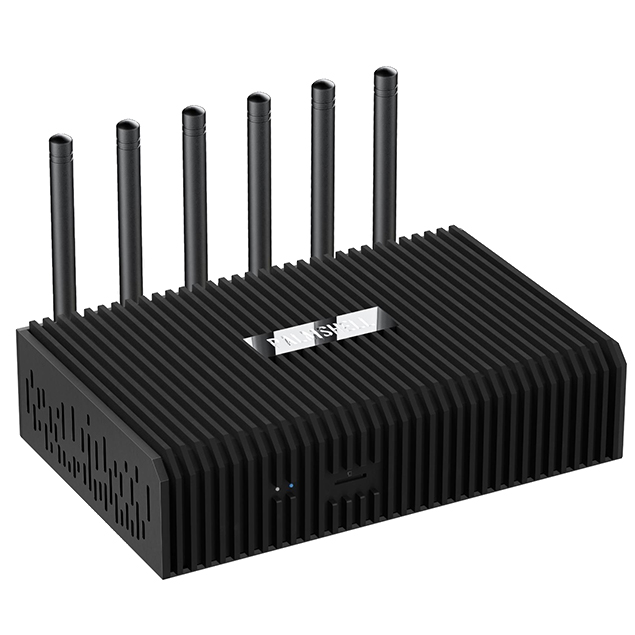
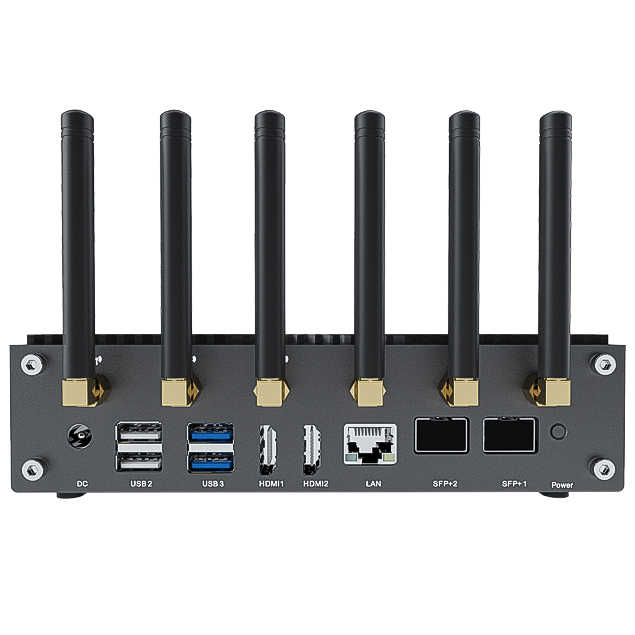
At the same time, Palm Computer (Shenzhen) Co., Ltd. also introduced a board-only version of palmshell NeXT H2 (SBC for developers).
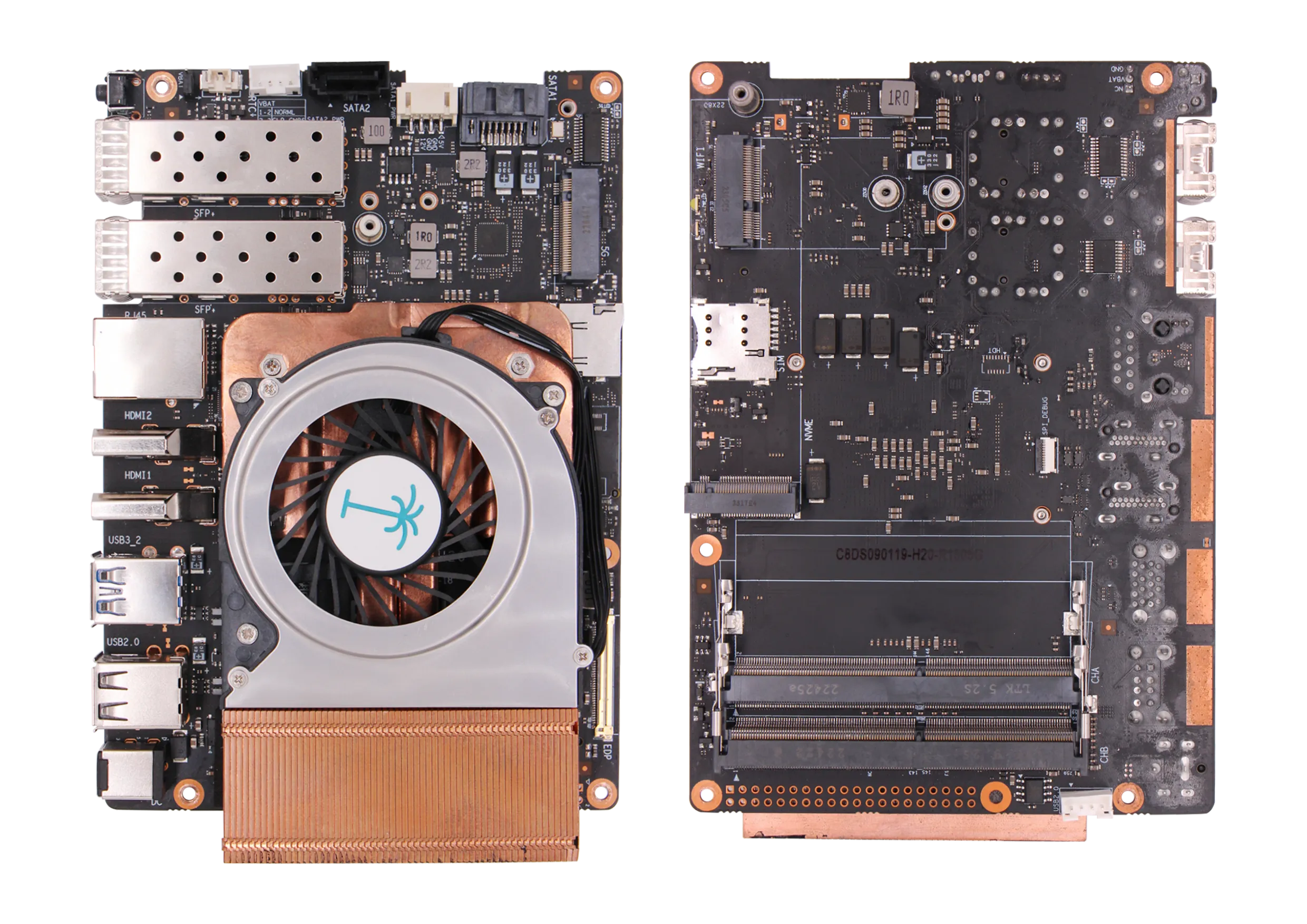
Its rugged design, support for network wake-up, robust network performance, and high scalability make the Palmshell NeXT H2 an ideal choice for Homelab enthusiasts.
NeXT H2 Specification
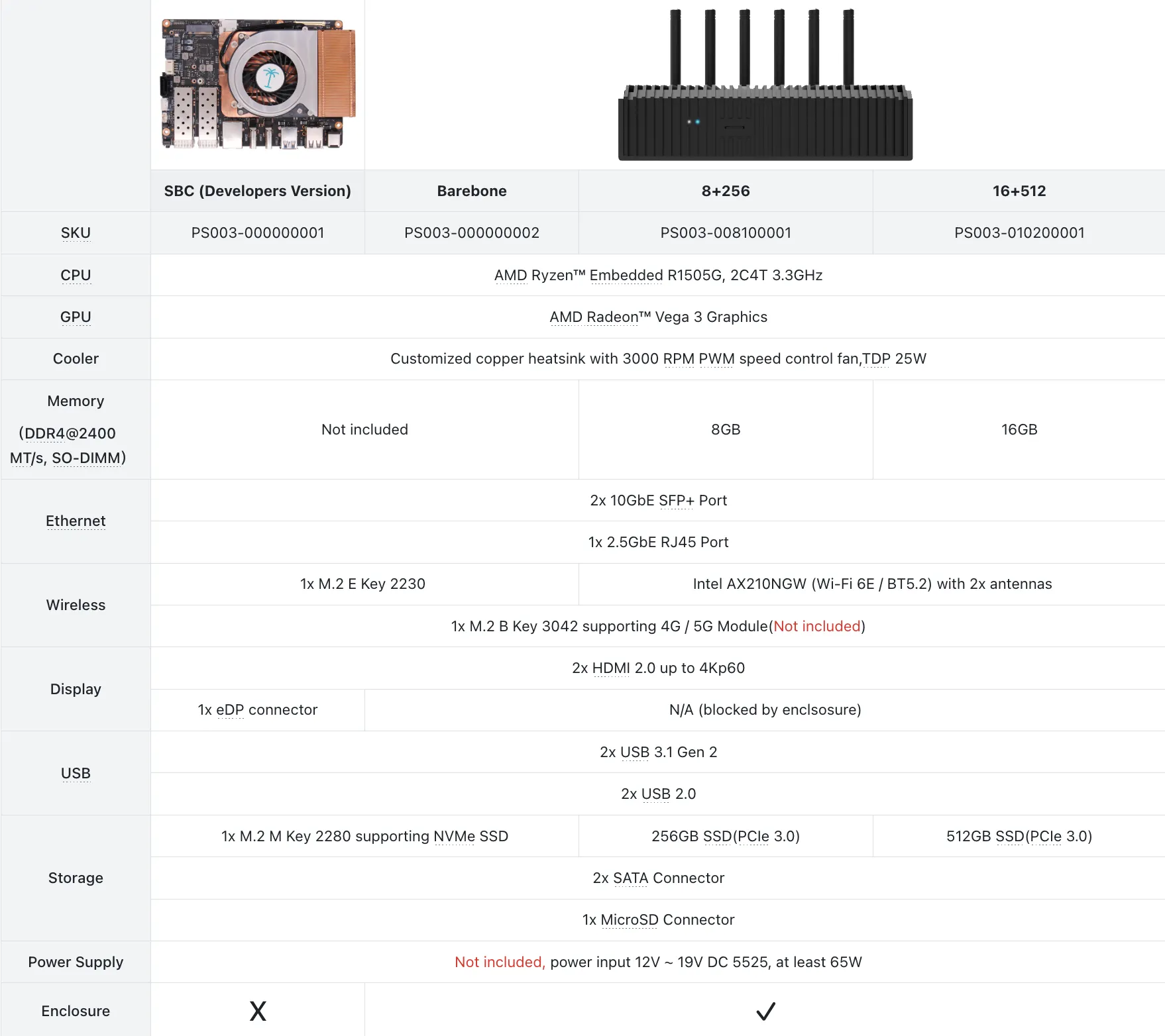
Powered by AMD Ryzen™ Embedded R1505G
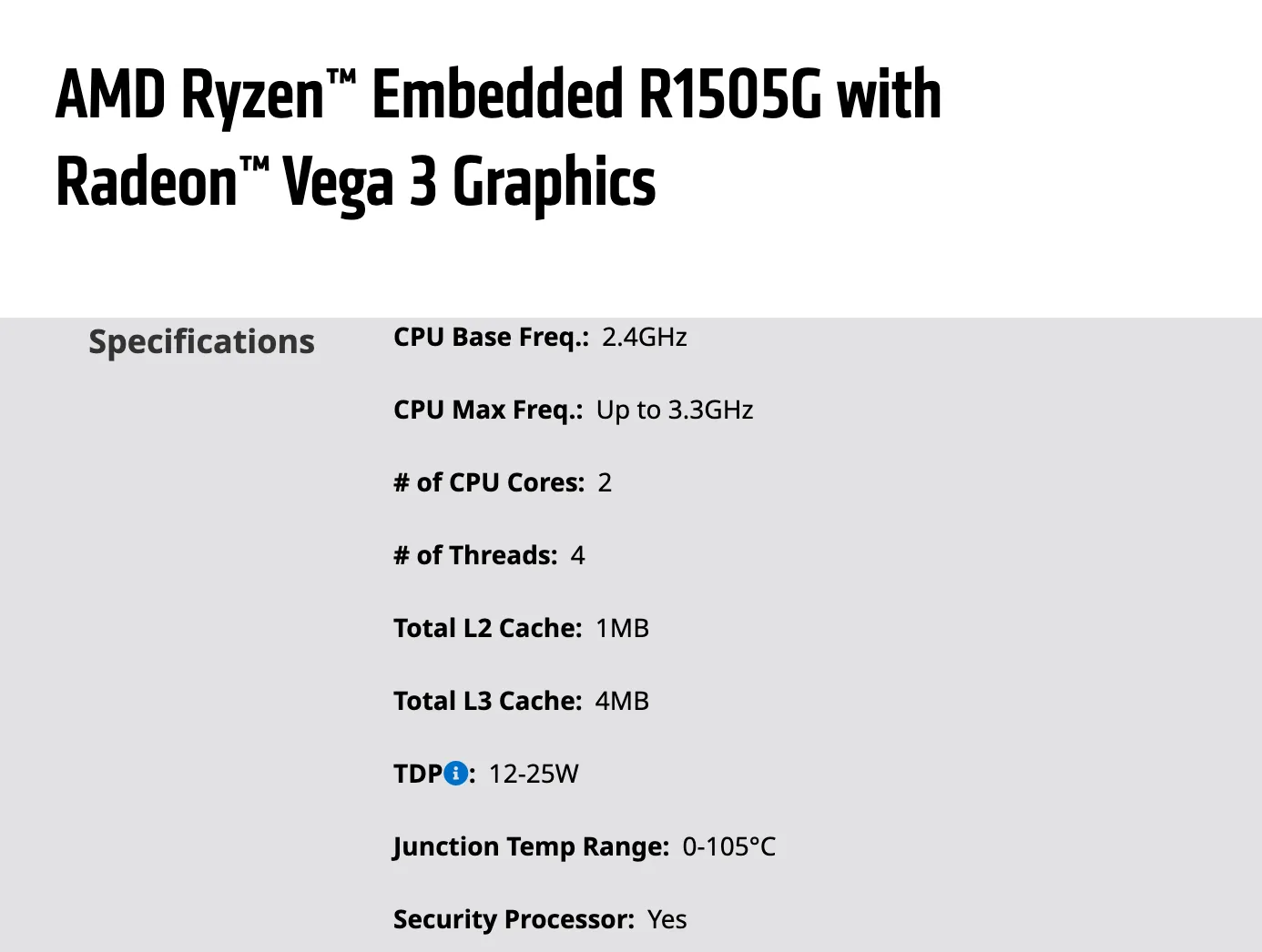
The AMD Ryzen™ Embedded R1505 processor combines the powerful performance of the pioneering "Zen" CPU and "Vega" GPU architectures into the R-series family. The Ryzen Embedded R1000 brings multi-threaded performance to the R-series of processors for the first time.
With up to 3x generational performance improvement per watt1 and 4x better CPU and graphics performance per dollar than the competition2, the R1505 is an ideal fit for embedded applications. Ryzen Embedded R1505 delivers a new class of performance in a seamlessly integrated single-chip solution.
CPU-Z
CPU-Z on x86 is a freeware that gathers information on some of the main devices of your system:
- Processor name and number, codename, process, package, cache levels.
- Mainboard and chipset.
- Memory type, size, timings, and module specifications (SPD).
- Real-time measurement of each core's internal frequency, memory frequency.
- CPU-Z is fully supported on Windows® 11.

As shown in the image, the processor is the AMD Ryzen™ Embedded R1505G. This chip is manufactured using a 12nm process, and it features a dual-core, four-thread design with a default frequency of up to 2.59GHz.
Fritz Chess Benchmark Better Than J4125
Fritz Chess Benchmark measures CPU performance by evaluating as many chess board positions as possible using the Deep Fritz 12 engine. The program was developed by ChessBase GmbH and is supplied with Deep Fritz 12 Chess software. The result is reported in Kilo nodes per second, or thousands of board positions per second.
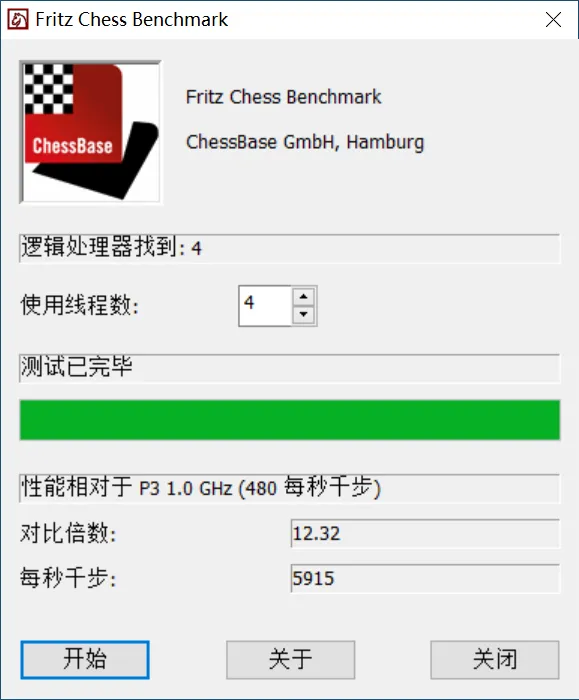
As shown in the image, the result is 5915 thousand steps per second. This performance slightly exceeds the Beelink Gkmini (Intel J4125) score of 5342 thousand steps per second.
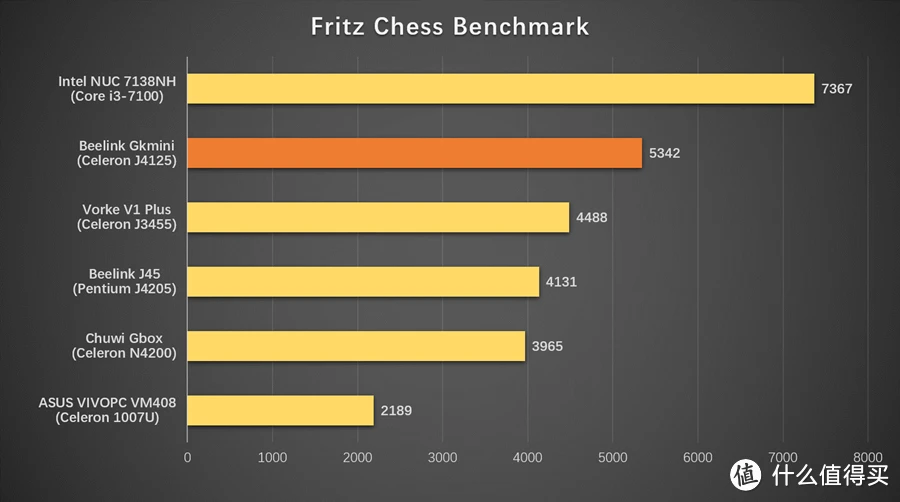
CINEBENCH R20
Cinebench R20 is the successor to Cinebench R15 and is also based on the Cinema 4 Suite. Cinema 4 is widely used software to create 3D forms. The multi-core test involves all CPU cores and takes full advantage of hyperthreading.
The score for NeXT H2 (AMD R1505G) is 648.
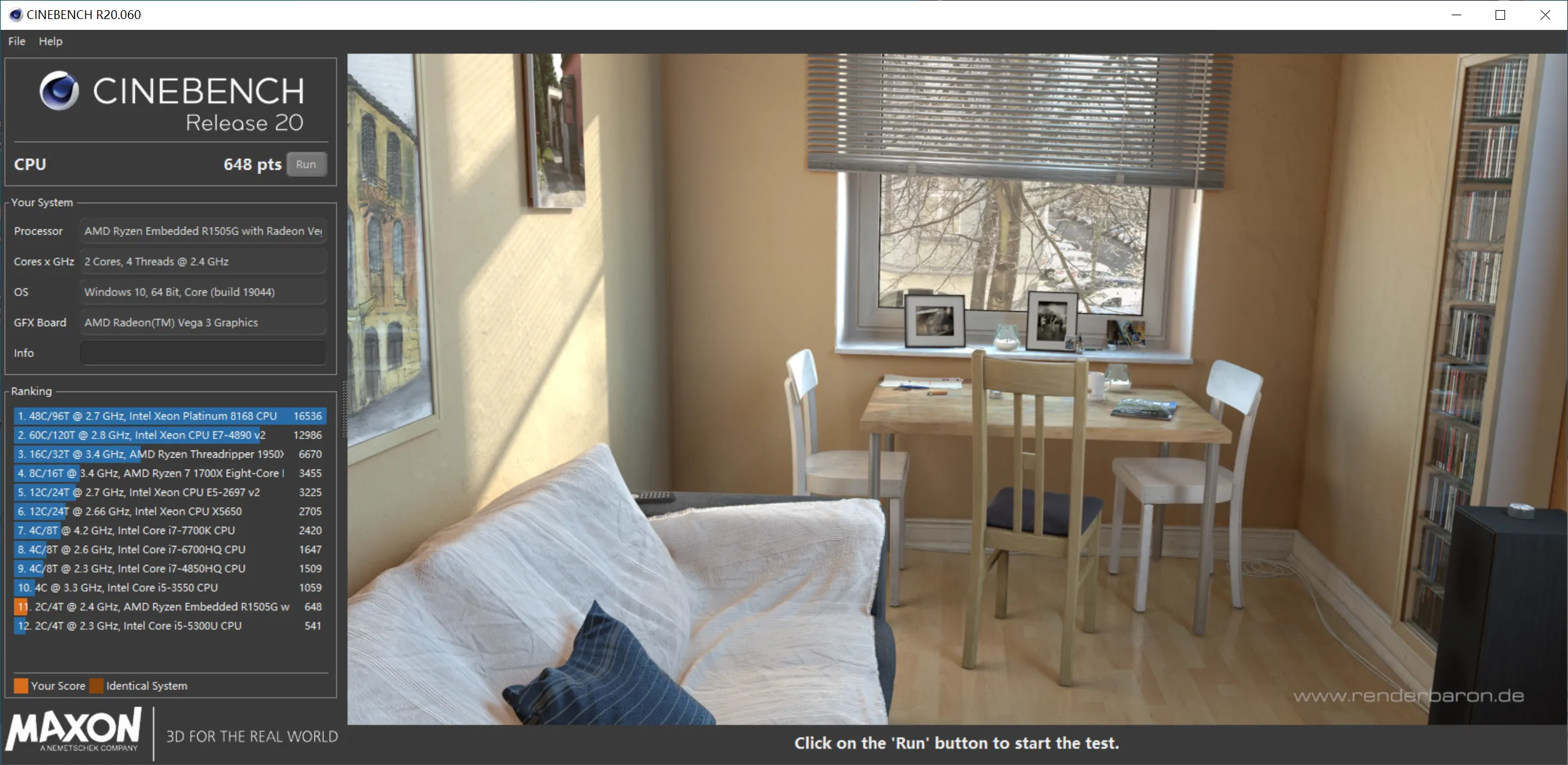
The score for Beelink Gkmini (Intel J4125) is 556.
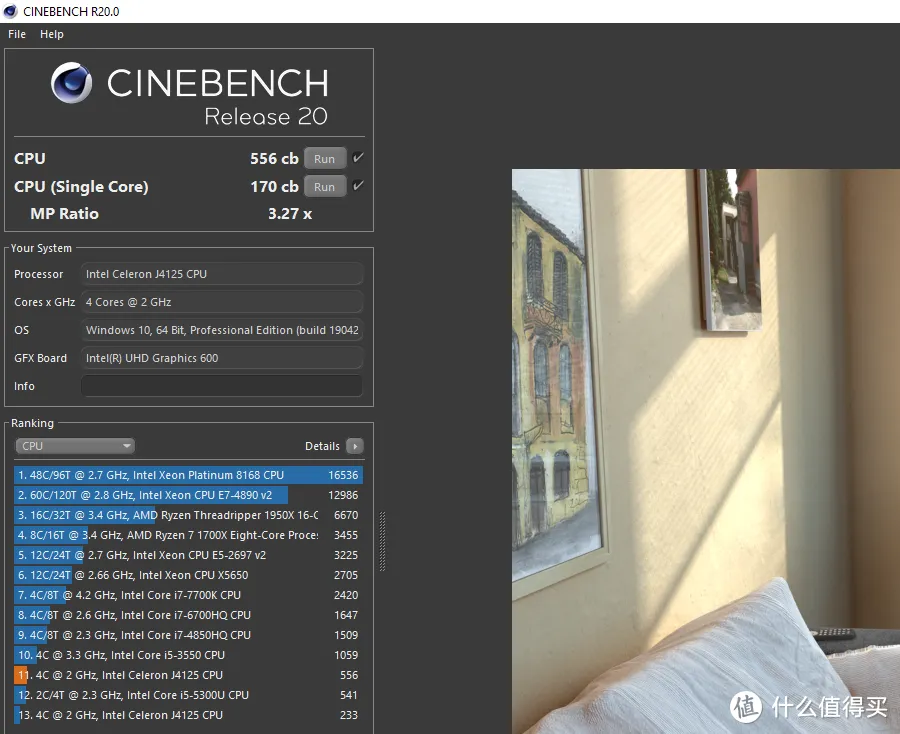
By comparing the scores, it's evident that in the CINEBENCH R20 benchmark, the NeXT H2 (AMD R1505G) outperforms the Beelink Gkmini (Intel J4125) by approximately 16% (Calculation formula: (648-556)/556≈0.165).
Support NVMe SSD
For network and cloud devices, hard drive read/write capability is crucial. The Palmshell NeXT H2 supports NVMe SSD, making it highly suitable for scenarios that require high-speed data transfer. Comparable J4125 and J6412 devices do not support NVMe SSD.
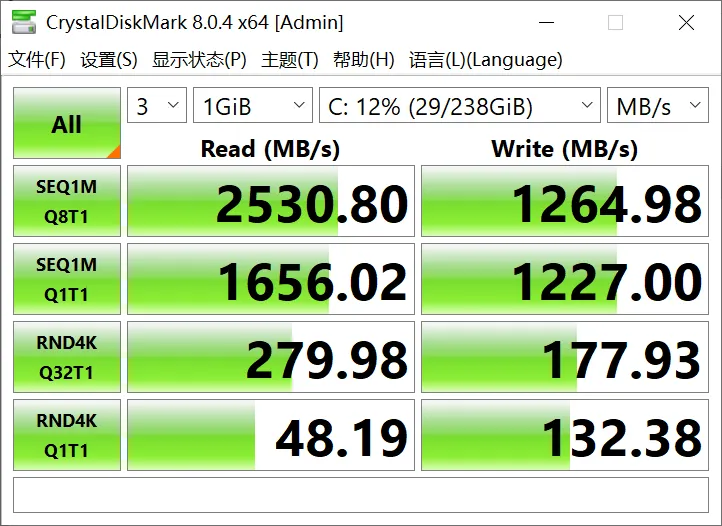
In addition to this, the NeXT H2 also supports the installation of 2.5-inch 7mm SATA HDD and provides good read/write speeds.
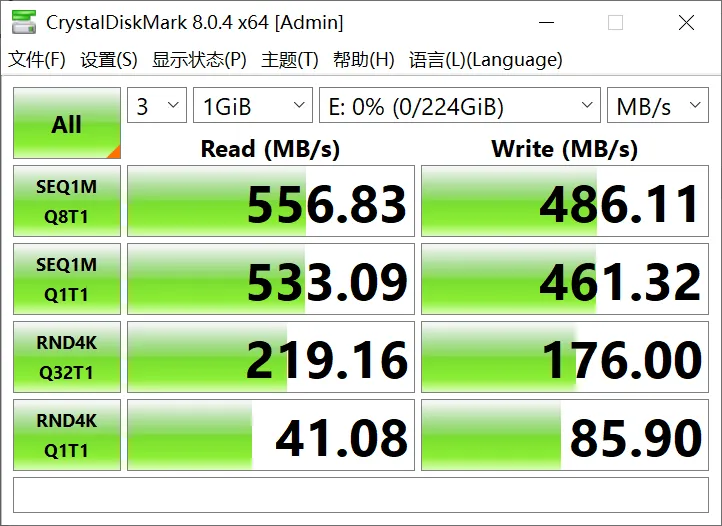
The Highlight: 10GbE Network Monster
Typically, MiniPCs have a common network speed of 1GbE. However, the Palmshell NeXT H2 breaks new ground by featuring 2 10GbE SFP+ Ports and 1 2.5GbE RJ45 Port, providing users with monster-like network performance.
-
10GbE SFP+ Port test

-
2.5GbE RJ45 Port test

Summarize
The Palmshell NeXT H2 offers 2x 10GbE network optical ports and 1x 2.5GbE network electrical port, making it a top-tier choice for network performance, even among desktop computers. However, Palmshell NeXT manages to provide this top-tier network performance and scalability in such a compact size, offering a nearly perfect choice for those looking to purchase Homelab, edge computing, mini-cloud servers, and similar devices.